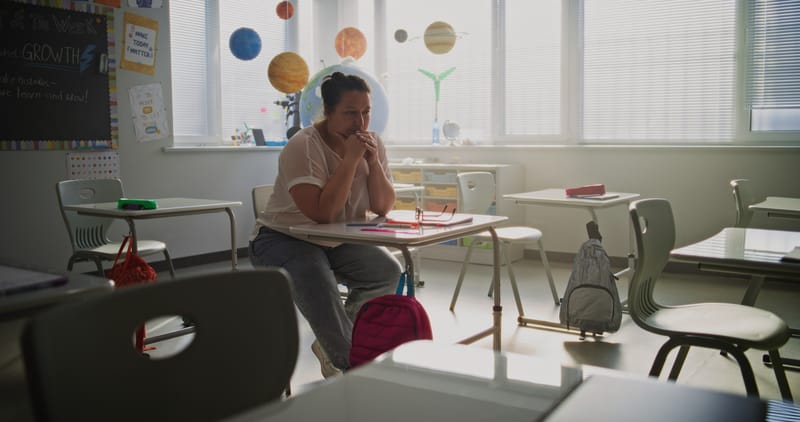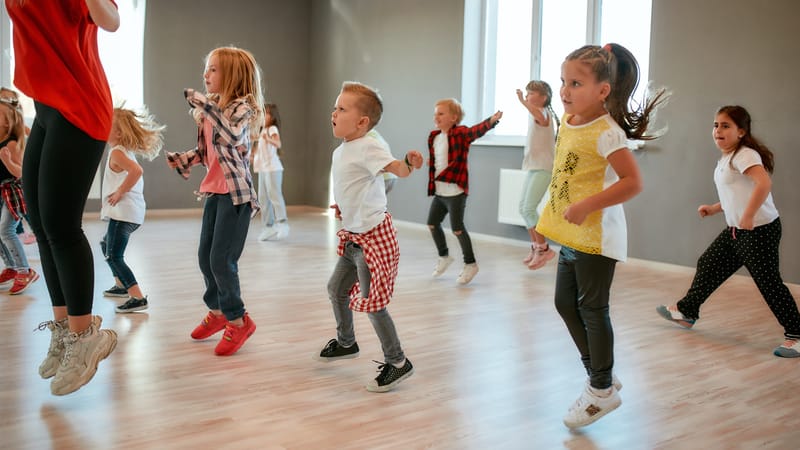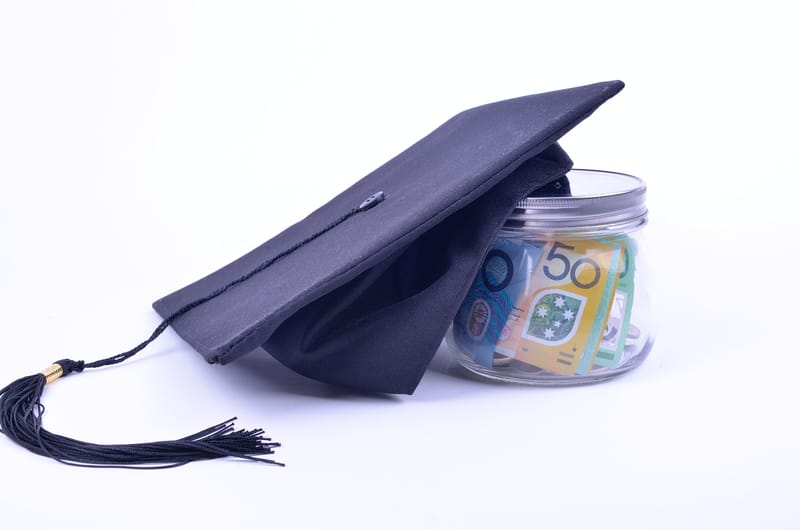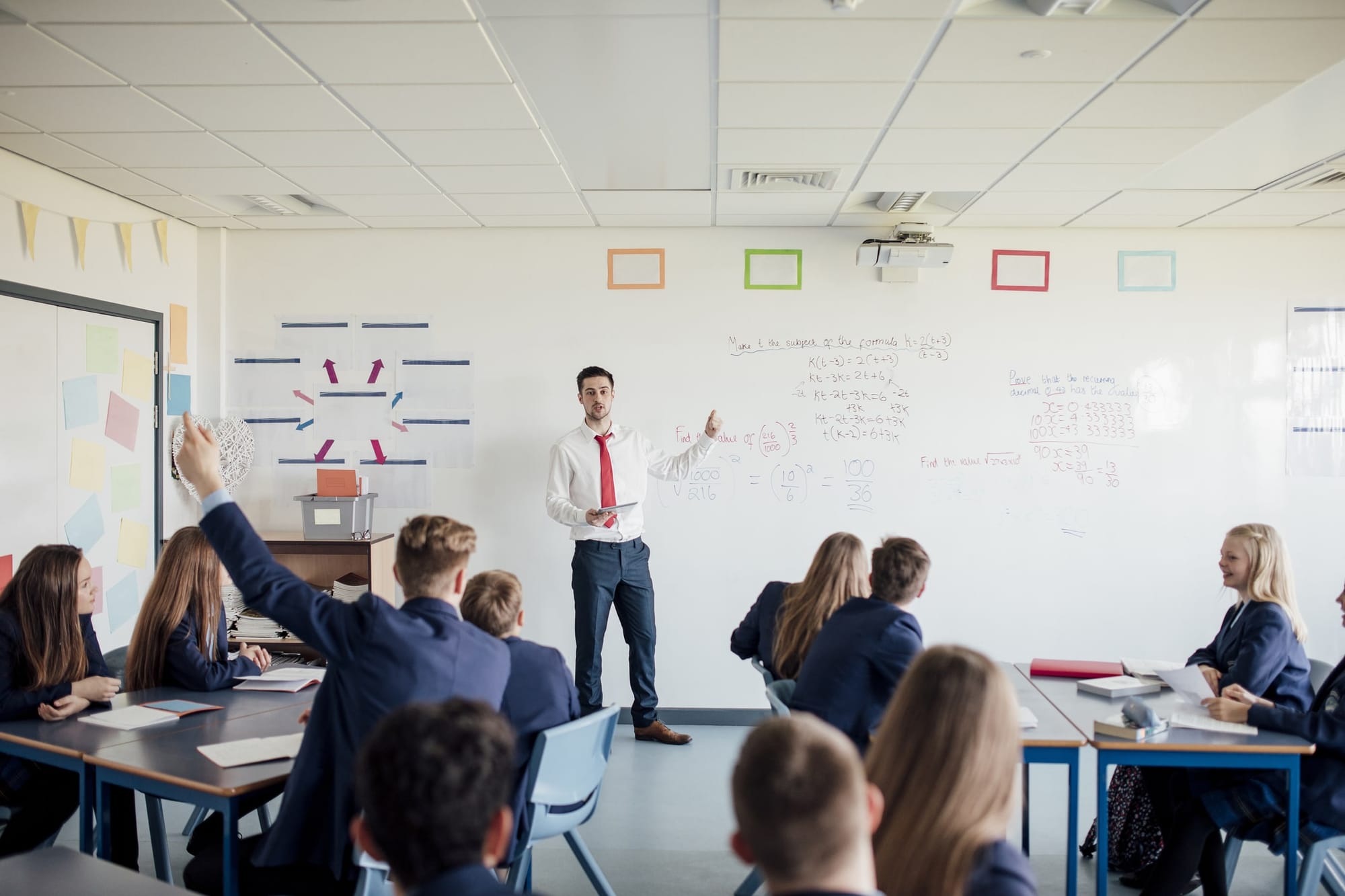
Less than two weeks ago, teachers in New South Wales went on strike for just the second time. The previous week, Victoria offered teachers $800 a day – double the usual rate – to teach in regional and rural schools.
Canaries in the education coalmine.
Teachers are critical to society, but the profession has reached a crisis point in Australia, and we need urgent action.
According to a recent study by Monash Education, 26% of the school teachers surveyed plan to leave the profession in the next five years.
Recent Australian Teacher Workforce Data figures reveals enrolments to initial teacher education (ITE) courses dropped 11% in 2019, and continue to drop, while course completions are on the same downward trend.
In regional, rural and remote areas, students would often not be taught unless the principals stepped in to fill gaps, and it’s not uncommon for some schools to combine classes in hallways.
A crisis in the making
Due to particular shortages in some subject areas such as mathematics, teachers are often required to teach outside their specialism.
The combination of high workloads, sometimes punitive accountability regimes, and rising inflation produces fractious industrial relations.
Layer the COVID pandemic over a shortage of teachers and you have an almost perfect crisis:
- Not enough teachers, especially outside metro areas
- Variable quality of teaching (inevitable if teachers are teaching outside specialism)
- Fewer people wanting to enter the profession
- Plenty of (largely negative) media coverage.
Former education minister Alan Tudge commissioned the Quality Review of Initial Teacher Education, published just before the federal election. While it contained several important recommendations, it perpetuated one of the key myths that bedevil attempts to improve ITE programs – everything depends on what’s taught in the university.
Little or no attention is given to what happens in schools when politicians seek to “reform” ITE.
Yet we’ve known for decades that the effects of even the most evidence-based university ITE curriculums get “washed out” in practice. This is hardly surprising.
In times of teacher shortages, governments often seek to “fast-track” career-changers into the job market. The results are often predictable – intensive (or just intense) programs can burn out the prospective teacher before they can acclimatise to schools.
Read more: “I wouldn't be where I am today”: Recognising the outstanding work of teachers
The issue, for career-changers, is not how fast they qualify, but how they support themselves financially while learning to teach.
ITE policy in Australia – as in many other countries – has tended to focus on the individual student teacher, and the expectation that they navigate transitions between the university and one or more schools, on “placement”.
The school “hosts” the student teacher. From a distance, the university tries to support their learning.
The boundary between university and school becomes what psychologist King Beach called a “consequential transition” – a powerful but very high-risk opportunity for learning.
A radical rethink is needed
It’s time to think radically about how we prepare teachers. Thinking differently is essential both in terms of teacher supply and teaching quality.
That means shifting focus from the individual teacher to the school. How can the school become both a safe and a supportive place to work and learn for teachers? How can the education and training of new teachers align with the school’s own development plans, improving both the supply of teachers and the quality of their teaching? And, crucially, how can the school retain teachers?
The retention of teachers is even more important than the supply of new ones in the current crisis for at least two reasons. First, it’s an incredibly inefficient use of scarce resources to burn out teachers; second, generally, teachers get better in terms of teaching quality, especially in the early career.
Focusing on the school as a whole and helping to create a sustainable environment for teachers to thrive is a long-term aim requiring active collaboration between governments, teacher unions, principals, community organisations, as well as universities.
It’s not a pipe dream. Active collaboration is the norm in some countries, as I observed working with the Norwegian government on its 2017 ITE reforms.
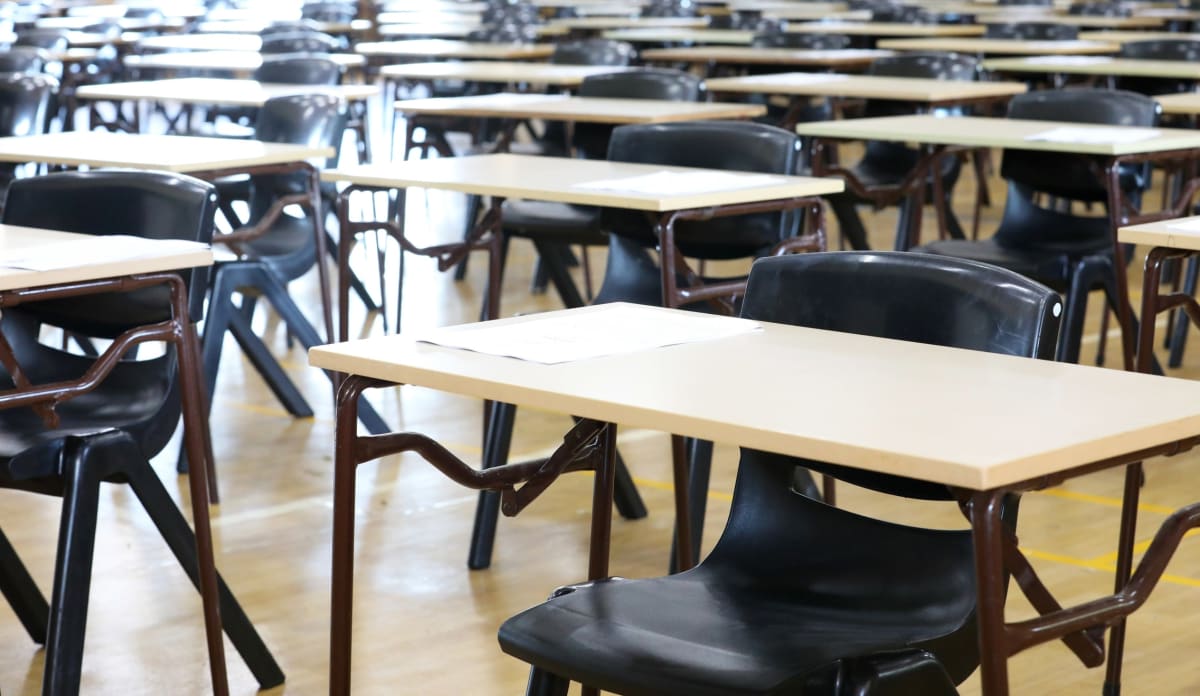
A window of opportunity
A change of federal government in Australia presents an opportunity in this crisis.
In terms of ITE, there’s evidence that innovative approaches that centre the school and foster links between ITE as an activity and school development can address both teacher supply and teaching quality.
The US teacher residency model for graduates has been federally funded since the Obama administration. Graduates – employed as “residents” in schools alongside completing academic coursework – make good teachers and stay in their schools post-qualification.
A distinctive feature of teacher residencies is that a school’s overall development is being fostered by the whole-school attention to teachers’ learning.
Talk of “partnership” is common when referring to university-school relations. Unlike “partnerships”, though, residencies don’t share out different tasks; residencies are a shared activity involving numerous stakeholders.
Placing the school at the centre
ITE – particularly faster ITE – will not solve that crisis. At Monash Education, we believe this is the time to think radically about postgraduate ITE. To think in ways that centre the school as a safe place to work and learn; with student teachers employed as residents, their work in classrooms part of the curriculum, co-designed with schools; drawing on the research expertise of the university; and respectful of the knowledge and perspectives of the schools’ communities.
Initially, we want to focus on rural and regional schools – schools sometimes referred to as “hard to staff”; schools where a new way of both preparing and retaining teachers is likely to have the most impact.
So, we’re beginning with a summit for principals. Everything on the table. No defensiveness about what we at Monash could do better; an invitation to rethink business-as-usual in schools and the university.
Wish us luck.


